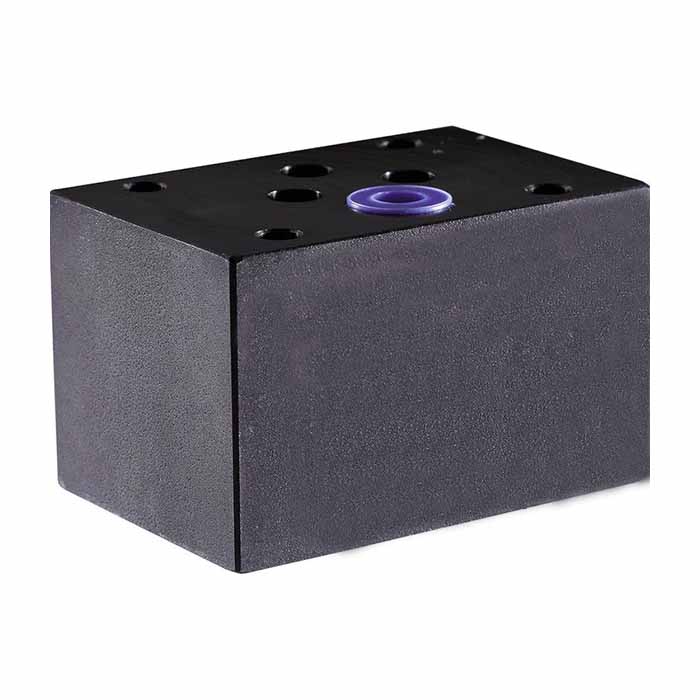What are the types of hydraulic valves
What is a hydraulic valve?
A hydraulic valve is a device used to control the flow direction of oil in a hydraulic system, regulate pressure and flow.
According to their different mechanisms of action,
hydraulic valves can be divided into three categories: Directional Valves, pressure valves, and flow valves.
The pressure and flow valves control the pressure and flow of the system through throttling action,
The directional valve controls the direction of oil flow by changing the flow channel.
Although there are multiple types of hydraulic valves, they are similar in some basic aspects.
Firstly, from a structural perspective, all hydraulic valves are composed of a valve body,
valve core (seat valve or slide valve),
as well as components and components that drive the action of the valve core (such as springs, electromagnets).
Secondly, from the perspective of working principle, the relationship between the opening size of all hydraulic valves,
the pressure difference between valve inlet and outlet,
and the flow rate passing through the valve conforms to the orifice flow formula,
The control parameters only vary.
Therefore, the basic composition, structure,
and working principle of hydraulic valves are similar among different types of valves.
What are the types of ordinary hydraulic valves?
1. Classification by purpose
Hydraulic valves can be divided into three categories according to their purpose:
directional control valves (such as one-way valves, directional valves, etc.),
pressure control valves (such as overflow valves, sequence valves, Pressure Reducing Valves, etc.)
Flow control valves (such as throttle valves, speed control valves, etc.).
These three types of valves can also be combined with each other as needed
to reduce pipeline connections and make their structure more compact,
Simple connection and improved efficiency.
The commonly used combination valves are composed of one-way valves and other valve types,
such as one-way pressure reducing valves, one-way sequence valves, one-way throttle valves, etc.
2. Classification by manipulation method
Hydraulic valves can be divided into manual valves, motorized valves,
electric valves, hydraulic valves, etc. according to their operation methods.
3. Classified by flow control
Adjust the flow rate by adjusting the throttle area between the valve core
and valve body and the local resistance it generates,
Thus controlling the motion speed of the executing element.
Flow control valves are divided into 5 types according to their purpose.
Hydraulic valves have the Advantages of low vibration, low noise, and long service life.
Saivs brand
- Snow Plow - Power device
- Gear pumps series NSH50M
- A10VSO/31 Rexroth Hydraulic pump
- SL6 SL10 Rexroth Check valves pilot operated
- Smaller Pressure Fluctuation Denison Vane Parker Pump T6C For Sale
- AZPJ series Rexroth Gear Pumps
- Radial piston motors Hagglunds CA
- Rexroth flow valve Z2FS6 Z2FS10 Z2FS16 Z2FS25
- 4wrpeh6/4wrpeh10 series rexroth servo selonoid valve
- A2VK SERIES Rexroth Hydraulic Pump Parts
